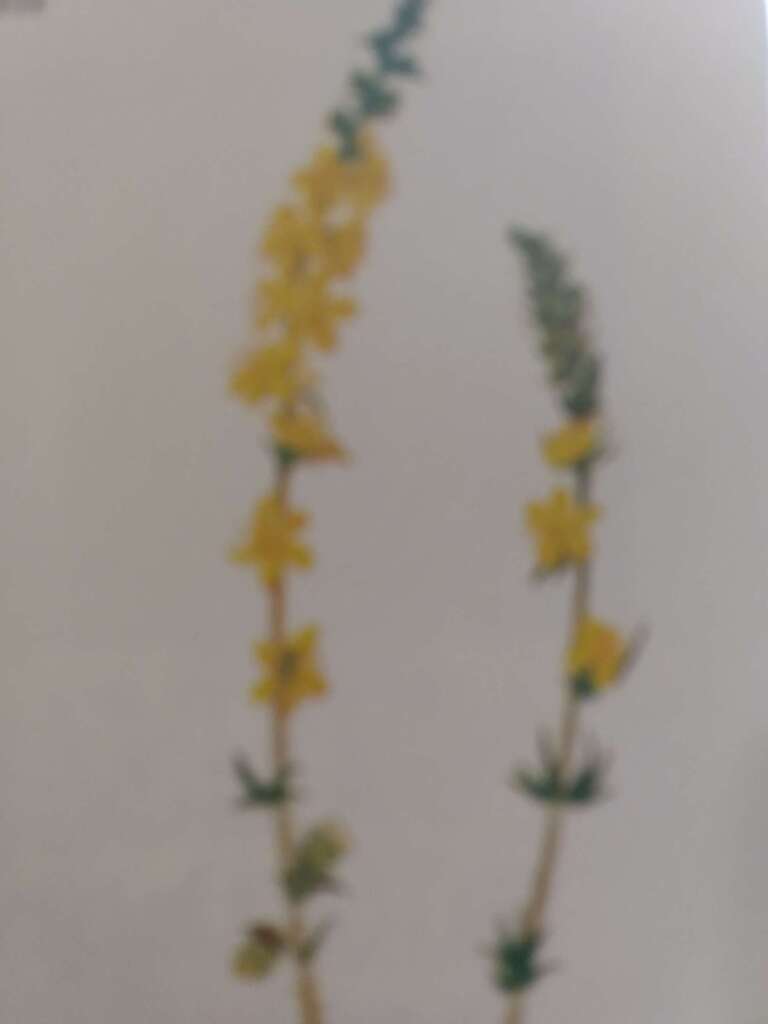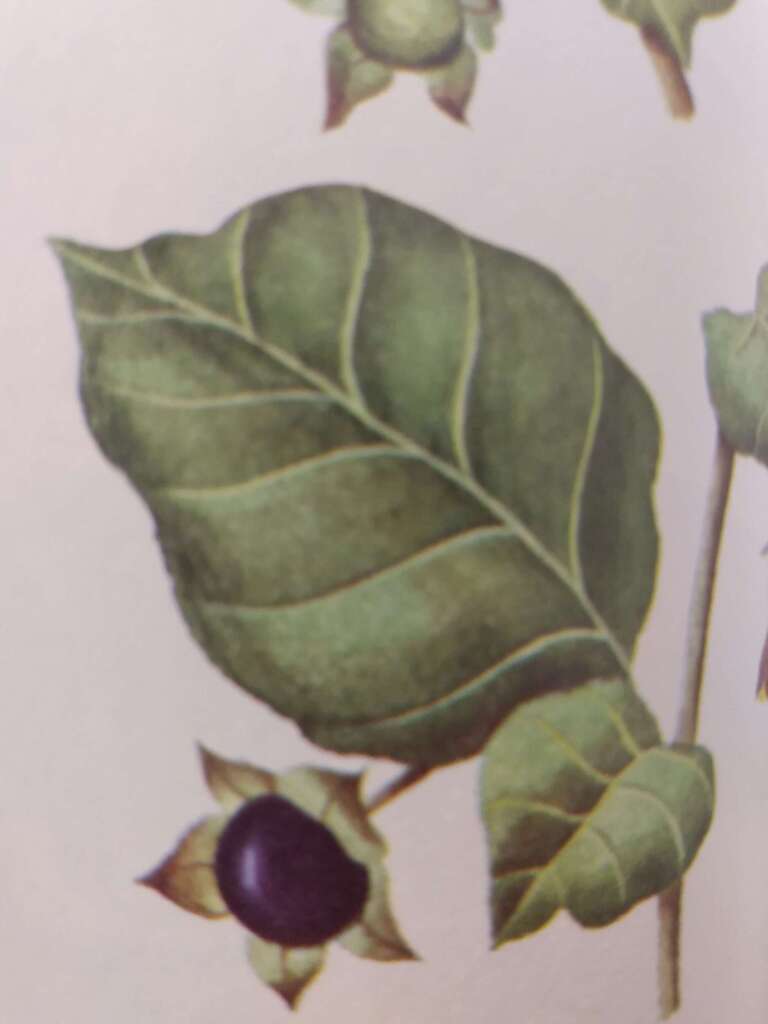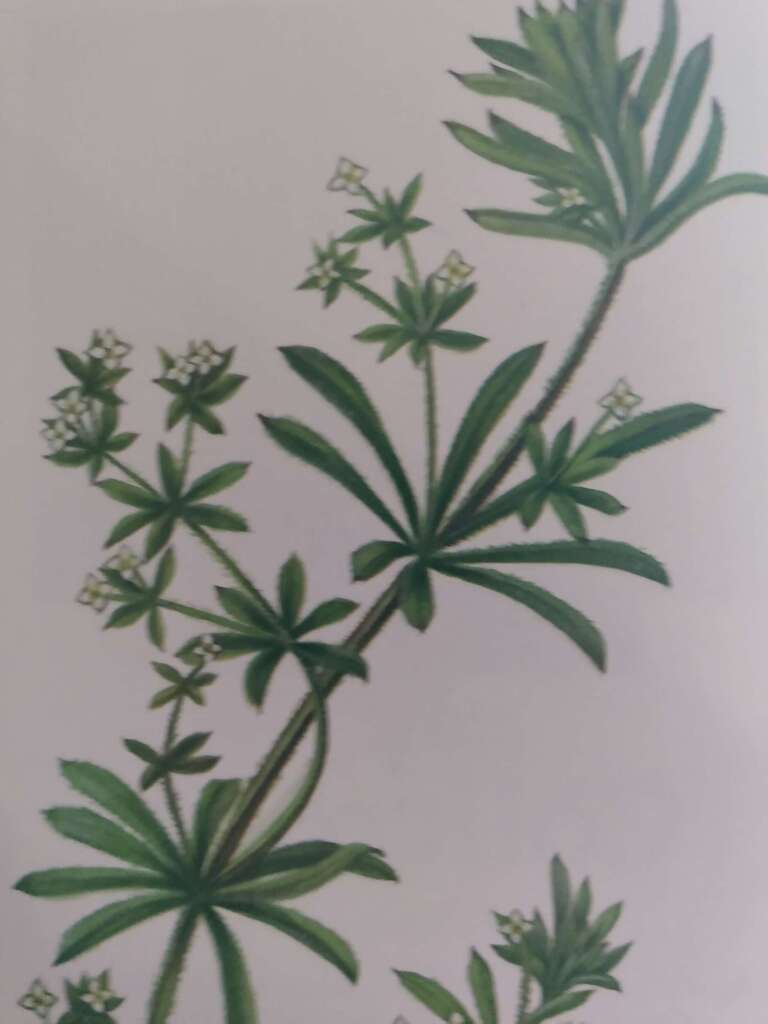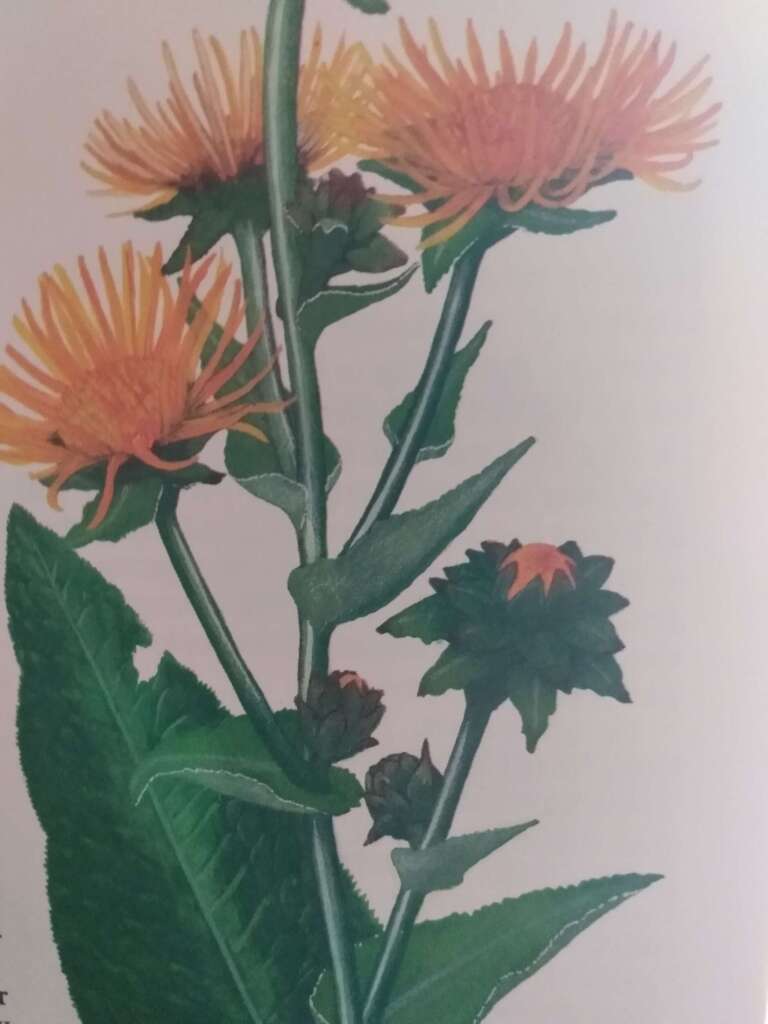Early man had little choice but to turn to plants when it came to pain, disease, or injury. Medicinal plants and flowers were used to help cure illness and disease, and are still in use today. Developed by trial and error, many herbal treatments were nevertheless remarkably effective. Then medicine became more theoretical. The belief came about that the harsher the treatment, the better. Herbal medicine fell out of favor, branded as ignorant and superstitious. The change came only when formal medicine opened its doors and let modern science shine in. Now, medical science is reaffirming much of the old herbal lore and extending the horizons of botanical medicine of medicinal plants & flowers.
Through the ages, sick people have been helped over and over again by remedies that did not arise out of the formal doctrines and procedures of the medical profession. The use of medicinal plants & flowers to treat sickness is probably as old as mankind. Formal medicine and medical degrees, of course, are much more recent. Yet if the medicine is broadly defined as the attempt to treat and cure human illness, then the human beings that first grew and collected plants they thought useful are called “Herbalists” or “herb doctors”. They were the first people to try to heal by the use of herbs. They are the true pioneers of modern medicine, I would say.
The Scientific Age: What is pseudoscience?
- Pseudoscience consists of statements, beliefs, or practices that claim to be both scientific and factual but are incompatible with the scientific method. In this scientific age it is easy to mistake (pseudoscience) for the real thing. Misconceptions or myths arise, which they pass as scientific truths. Once such myth concerns medicines. It says “Synthetic is best”. If a medicine does not contain purified chemicals, expensively made in shiny labs by trained scientist in white coats, so the myth goes, then it cannot be a medicine that works.
Like all myths, this one grows out of a certain body of human experience and is true up to a point. Gone are the days when nobody could ever be sure exactly what substances a medical potion contained, or precisely which of the substances, in what strength or combination, which might actually help anybody feel any better. Modern science provides precise techment. Scientist now tests the effects and side effects of medicine before released for wide public use of such. These modern procedures unfortunately there is still room for tragic errors, such as the one in the late 1950s that involved the drug thalidomide, a sedative that caused serious birth defects in the babies of pregnant mothers for whom it was prescribed.
Medicines That Work: Medicinal Plants & Flowers
The myth also ignores the simple truth that many botanical remedies worked, consistently and effectively. In some cases, as well as or better than the products of today’s laboratories. Finally, there is the fact that many of the drugs and medicines we buy at the pharmacy, often in fancy packages, at fancy prices contain the same active ingredients as healing plants used by pre-scientific cultures. In other words, people in “primitive” societies were using basically the same medicines for the same maladies that bring us to our physicians and pharmacists today.
- Mahuang:
Tea brewed from the stems of a low shrub that the Chinese call Mahuang will relieve asthma, colds, and coughs. The stems are a natural source of “ephedrine”, the active ingredient of many medicines, including decongestants that clear sinus passages.
- The leaves of a plant that grows along the road and in fields contain a substance that is highly effective in treating congestive health failure. The plant is common foxglove “Digitalis purpurea”, the source of a chemical substance that aids the functioning of the heart muscle.
2. Periwinkle
The fact remains that plants do produce a variety of chemical substances that act upon animal tissues. One remarkable example is the pretty pink flower that blooms on the island of Madagascar off the coast of Africa.
- Extracts from this flower can stop the progress of Hodgkin’s’ disease and childhood leukemia. The flower, a periwinkle, contains two substances known as “Vincristine” and “Vinblastine”-which physicians prescribe to fight certain types of cancer.
3. Agrimony:

Otherwise known as Church steeples, Cocklebure, Philanthropos, Stickwort. This beautiful plant has spikes and tiny bright yellow flowers, with fruit with hooked bristles at the top, “cockleburs” and it grows wild on the roadside, fields, and woods.
Agrimony has a long history of medicinal use. Michael Drayton an English poet acclaimed it’s an “all-heal” and through the ages, it did seem to be true.
- Ancient Greeks used it to treat eye ailments. Agrimony was made into brews to cure disorders of the gallbladder, kidneys, liver and diarrhea. A solution from the leaves was made by Anglo-Saxons from the leaves, seeds for healing wounds and its use was passed down through the Middle Ages and afterward. Later, it was also prescribed for the treatment of athlete’s foot.
- Later in the 19th century Canada and the United States used this prescribed plant for many of these ills. It was used for skin diseases, asthma, coughs and gynecological complaints, even a gargle for a sore throat.
- Agrimony’s medicinal properties as an anti-inflammatory, antibiotic, and astringent are all due to the presence of large quantities of tannin it holds. Herbalists use the flowering stem tips and dried leaves as a tonic, diuretic, and digestive disorders. This plant is also applied to slow healing wounds for its antibiotic values. Agrimony is an ingredient of herb teas.
4. Belladonna:

Otherwise known as Deadly Nightshade, Dwale, Fair Lady. Its botanical name derives from one of the three Fates, Atropos, who in Greek mythology cuts the thread of life. The popular name given to the Belladonna is the Deadly Nightshade. Therefore its name has the hint it should not be used in home remedies. Despite a grim reputation, this plant is universally known as Belladonna or Fair Lady in Italian. It is said the name comes from the plants use long ago by Italian women, who dropped in juice in their eyes to enlarge the pupils and make their eyes more beautiful. Makes today’s women appreciate their mascara and eyeliner a little more!
- The chemical substance “atropine” in Belladona does affect the eyes in this manner. Eye doctors use it today to dilate the pupils so they can examine the retina. There is two other valuable substances, “scopolamine” and “hyoscyamine”, like atropine, is sedatives and act to relax smooth muscle. Individually or in combination, the constituents of belladonna (the root & leaves) are the basic ingredients in a variety of antispasmodics. They are commonly prescribed today to treat intestinal disorders such as diarrhea, irritable bowel symptoms, colic, and peptic ulcer. Externally, Belladonna ointment is used to treat gout and rheumatism.
5. Cleavers:

As a member of the Medder family, Cleavers is a relative of coffee. The seeds lightly roasted make a caffeine-free coffee substitute. Herbalists, today as well as in the past, claim medicinal ventures for the plant also.
- The roots of the plant made into a dry power, sprinkled on wounds to stop bleeding and promote healing. Used as a tea made from the whole plant to treat kidney stones, and bladder problems. It is also used as a wash and lotion, as the tea is said to fade freckles, relieve sunburn, as well as a treatment for psoriasis. Today’s herbalists use it as a remedy for vitamin C deficiency, urinary and skin problems. The cooked shoots and young plants make a nourishing vegetable dish. The roots also hold a red dye that can be extracted for use.
6. Elecampane:

Also known as Horscheal, Scabwort, and Wild Sunflowers. Elecampane entered folk medicine with the ancient Greeks and Romans.
- Elecampane was used in cold remedies because it promotes sweating and helps to bring up phlegm. The roots were boiled in sugar water to make cough drops and asthma lozenges or just candy.
- Romans used it regularly as an digestion aid. Later it was the main herbal ingredient in a medieval digestive wine called “potio Paulina”, or “Drink of Paul”. European settlers of North America use the plant for skin diseases on sheep and horses. The root was used to treat respiratory diseases in humans and was listed in the U.S. Pharmacopeia at one time.
Today’s Synthesis Medicine: Plant Source of Modern Drugs-Medicinal Plants & Flowers
It was not until the present century did advances in pharmacology, chemistry, and technology make it possible the synthesis many of the compounds currently used in medicine. Even so, roughly 40 percent of modern pharmaceuticals are derived from some parts of higher plants. The figure approaches 50 percent when pharmaceuticals made from microbial organisms are included. Today’s use of the modern pharmaceutical product is similar to the traditional use of plants from which it is derived.
Science has also found that the purified active ingredients of some “new” pharmaceuticals may cause harsh side effects that the “old” unpurified, botanical medicines of medicinal plants & flowers did not cause. Scientists ask the question could it be that some plants may have built-in safety factors, long ignored, that could minimize some of the side effects of their active ingredients? Searching for answers to this question researchers are looking back at the ways of herbal doctors, medicine men, and women of past eras, as scrutinizing the practices of contemporary folk healers. Such research keeps pointing to the hypothesis that herbalists have been using the same plant remedies for countless generations for the simple reason that those remedies work.
Source:
The Magic and Medicine of Plants: Readers Digest

